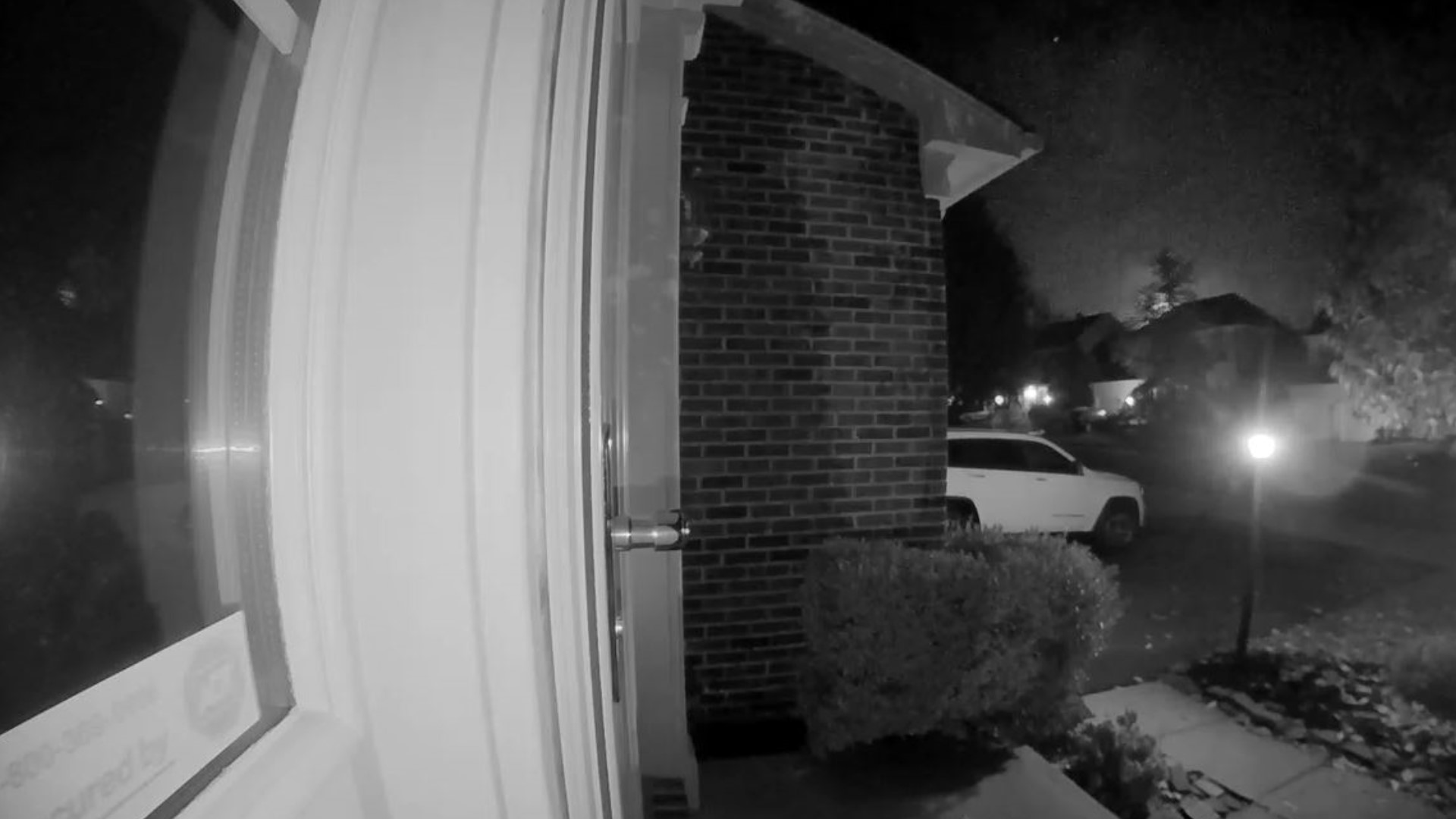LEESBURG, Va. — Did you see it? A viewer in Virginia spotted what could be a meteor lighting up the night sky over her home in Leesburg over the weekend.
Asia R. Jones sent us the video from her doorbell camera. You can see a small object light up the right corner of the screen for a couple of seconds. Jones said it happened around 3 a.m. on Saturday, Nov. 11.
Meteor trackers over at the American Meteor Society said that particular bright spot was seen across Virginia, and as far away as Columbus, Ohio.
If you saw the fireball in the sky over Virginia, share it with us via the Near Me section of our WUSA9 mobile app!
Check out Jones' video below:
What is a meteor?
Meteors are bits of rocks and ice ejected from comets as they move in their orbits about the sun, according to NASA.
What's the difference between a meteoroid, a meteor and a meteorite?
NASA says meteoroids are objects in space that range in size from dust grains to small asteroids. When meteoroids enter Earth’s atmosphere (or that of another planet, like Mars) at high speed and burn up, the fireballs or “shooting stars” are called meteors.
When a meteoroid survives a trip through the atmosphere and hits the ground, it’s called a meteorite.
When's our next meteor shower?
A meteor shower occurs when the Earth passes through the trail of debris left by a comet or asteroid. The next one on the sky calendar is the Leonids.
According to EarthSky, the Leonids will peak in the early morning hours of Nov. 18, 2023. The moon will be less than a quarter full, making it unlikely to steal the show.
NASA says the Leonids produce a peak of about 15 bright, fast and colorful meteors per hour. The shower is known for fireballs and "Earth-grazer meteors," which streak close to the horizon and have long, colorful tails. And very occasionally, watchers get an incredible show.
"Every 33 years, or so, viewers on Earth may experience a Leonid storm that can peak with hundreds to thousands of meteors seen per hour depending on the location of the observer," NASA's website explains. The last time this happened was about 20 years ago, in 2002.

